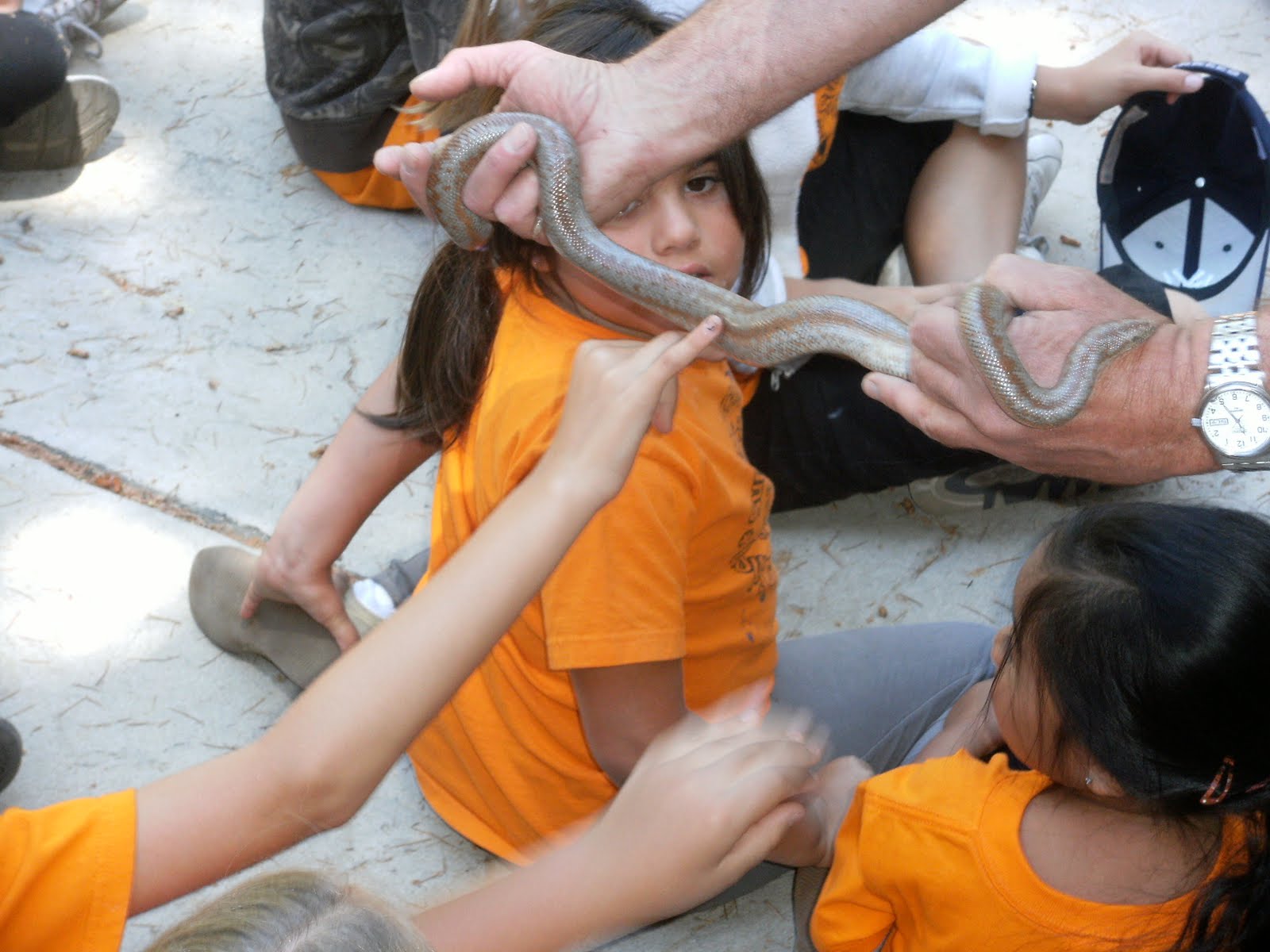
Rosy Boa (Lichanura trivirgata) is a snake of the Boidae family, one of only two members of that family native to the United States. The other is the Rubber Boa (C. bottae). Rosy Boas are native to the American Southwest, and Baja and Sonora Mexico. small attractive snakes attain a length of 39 in (1 m) (though some specimens from the coast of California reach 4 feet) and a large adult has a body width about the diameter of a golf ball. Coloration in Rosy Boas is highly variable. The common name is derived from the rosy or salmon coloration that is common on the belly of Rosy Boas originating from coastal southern California and Baja Mexico. Rosy Boas' activity season follows local weather patterns; however, they are generally dormant during the winter, and active during the spring, summer and fall. Like all snakes, they are dependent on external temperatures to promote such normal bodily functions as digestion and gestation. Throughout most of their range the winter is too cold for these functions and the Rosy Boas go into a dormant state called brumation. The spring is breeding season for Rosy Boas, resulting in their highest rate of activity. Most Rosy Boas are encountered in spring as they leave the security of their rock piles and crevices to seek mates.
Subspecies!
Arizona Rosy Boa, Lichanura trivirgata arizonae (Spiteri, 1991)
Desert Rosy Boa, Lichanura trivirgata gracia (Klauber, 1931) - Ground color laced with well-defined pink, orange or tan longitudinal stripes.
Coastal Rosy Boa, Lichanura trivirgata roseofusca (Cope, 1868) - Ground color laced with blotchy reddish-brown longitudinal stripes.
Baja Rosy Boa, Lichanura trivirgata saslowi (Spiteri, 1987)
Mexican Rosy Boa, Lichanura trivirgata trivirgata (Cope, 1861) - Ground color laced with pale, creamy broad longitudinal stripes.

rosy boa snake

rosy boa snake

rosy boa snake

rosy boa snake

 rosy boa snake
rosy boa snake rosy boa snake
rosy boa snake rosy boa snake
rosy boa snake rosy boa snake
rosy boa snake
No comments:
Post a Comment